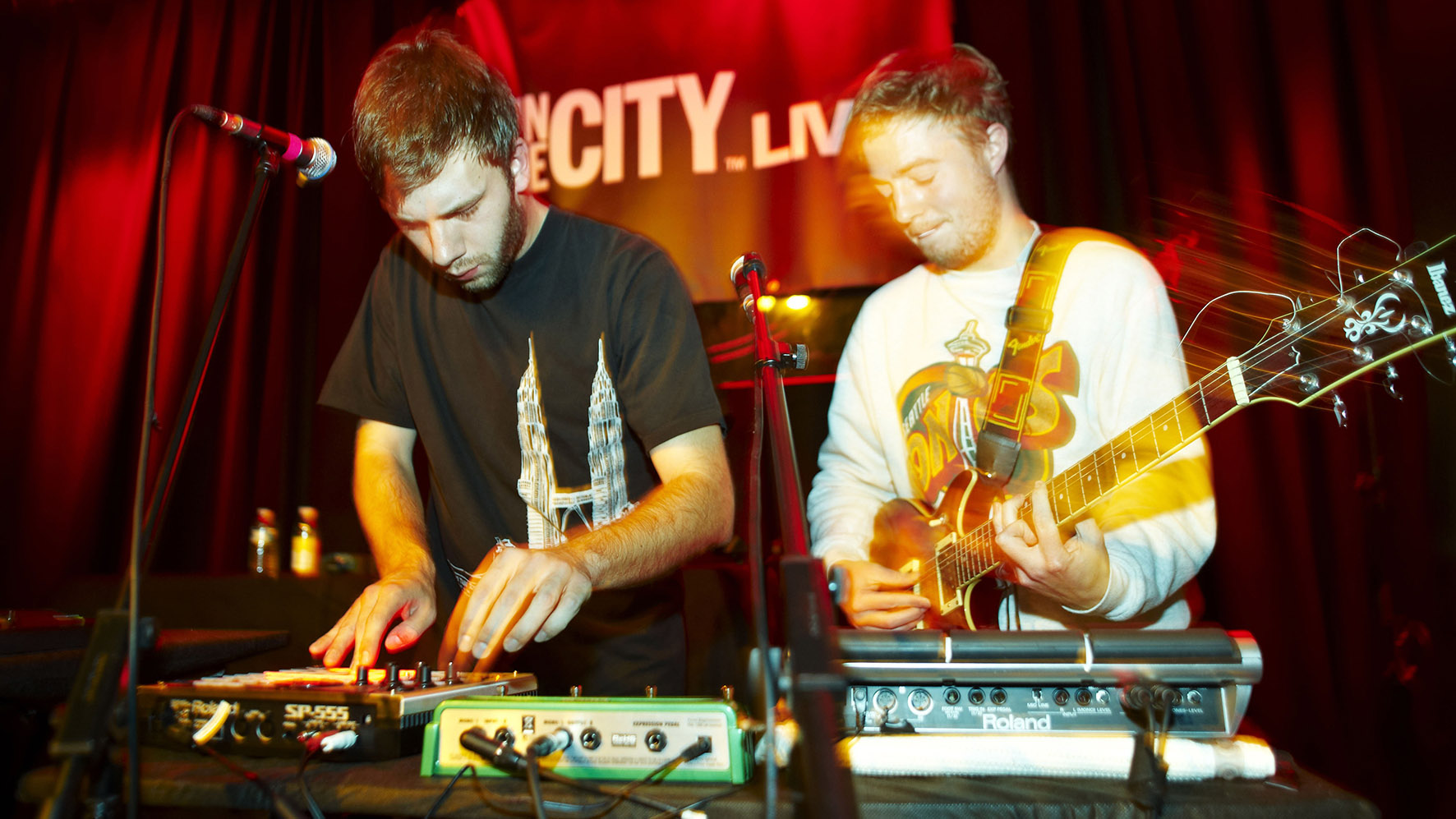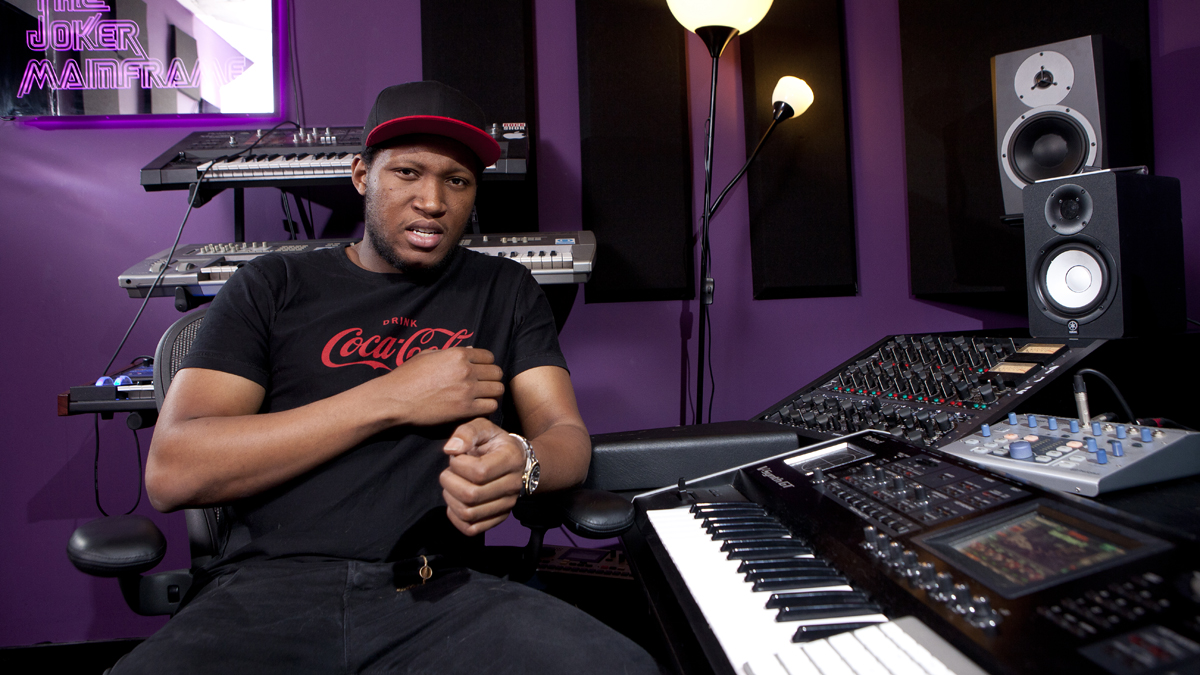The beginner's guide to: post-dubstep
We trace the history of an amorphous subgenre that fused dubstep with R&B, ambient music, post-rock and IDM

Most genres are defined by their sound, but that’s not always the case. Sometimes it’s better to think in terms of an overall musical movement, defined not by its audible characteristics but by what it represents in contrast to genres which came before.
The most obvious examples are genres like post-punk (a late ’70s/early ’80s movement which aimed to introduce a more expansive, experimental approach to punk) or post-rock (defined by music writer Simon Reynolds as “using rock instrumentation for non-rock purposes”), but you could certainly say the same for post-dubstep.
In the late 2000s, the dubstep scene was at a crossroads, with the deeper sound of the genre’s UK roots being overtaken commercially by the heavier, more aggressive styles heard mainly from the US. As some producers began to feel alienated by the rise of ‘brostep’, members of the scene turned their attention to different styles. The term ‘post-dubstep’ was coined around 2009 to describe this wave of artists rejecting the way dubstep was heading and looking in new directions.
What quickly became apparent was that the music being produced by ‘post-dubstep’ artists wasn’t necessarily coming from a common place aesthetically. Producer and writer Martin Clark (a dubstep mainstay under his Blackdown alias) argued that it was easier to define post-dubstep by what it wasn’t than what it was.
“It isn’t grime, either in its pop, instrumental underground, or MC-lead variants. It isn’t dubstep, in either of its remaining dominant styles, wobbly brostep and eyes-down halfstep." he remarked. "And it isn’t house & funky, though this movement has had a massive catalytic effect on our as-yet-unnamed/defined genre.”

As such, you could lump all sorts of different sounds into the post-dubstep category. Joy Orbison’s 2009 single Hyph Mngo was initially filed under dubstep, but in retrospect it might be the definitive post-dubstep track, sitting effortlessly in an uncanny valley between dubstep, house and UK garage.
Mount Kimbie’s 2009 EPs Maybes and Sketch On Glass fused dubstep influences with R&B, ambient music, post-rock and IDM. How about the delicate house shuffle of Jamie Woon’s Night Air (2010, co-produced by dubstep-not-dubstep icon Burial)? Or what about Jamie XX’s We’re New Here (2011) remix of Gil Scott Heron’s I’m New Here album (2010)?
Want all the hottest music and gear news, reviews, deals, features and more, direct to your inbox? Sign up here.
Questions about the best equipment for producing post-dubstep, or the tempo range and other stylistic tropes, are largely redundant. Post-dubstep was defined much more by the artists who made it than how it sounded: largely people who had been involved in the dubstep scene on some level, either as producers, DJs or just fans.
The post-dubstep era was a fertile moment for UK underground music
In that respect, James Blake is commonly seen as the poster boy of post-dubstep, thanks largely to his involvement in the scene in his younger years and the clear influence of the music on his early releases like The Bells Sketch and CMYK EPs. By the time of his self-titled 2011 debut album, Blake’s music was far more complex than those early instrumental releases. Still, the post-dubstep tag stuck, at least until his 2013 Overgrown album.
As time has passed, the genre name feels a bit obsolete. It seems obtuse to refer to artists making post-dubstep music in 2022, well over a decade after that initial burst of creativity. To define such a multi-talented, creatively versatile artist as Blake by referring to music he made in the very early days of his career seems reductive at best. Likewise, it’s not necessarily a genre that newcomers to production might aspire to create. The jury’s out, but either way you look at it, the post-dubstep era was a fertile moment for UK underground music.
Three post-dubstep essentials
Joy Orbison - Hyph Mngo (Hotflush, 2009)
A hard track to pigeonhole at the time, but one which makes even more sense as time goes by. Originally filed under dubstep, Hyph Mngo is a joyous technicolour dancefloor weapon. A hell of a debut release for an artist who has gone on to sustained success.
Mount Kimbie - Crooks & Lovers (Hotflush, 2010)
Pairing beautiful sound design with field recordings and live instrumentation, Mount Kimbie’s first studio album felt unlike anything else at the time. Bringing ambient music influences into the world of post-dubstep experimentation, Dominic Maker and Kai Campos established their singular sound as one of the most exciting things to come from the dubstep scene.
James Blake - James Blake (ATLAS, 2011)
Not as directly influenced by dubstep as his early releases like CMYK and The Bells Sketch, but Blake’s eponymous debut album showcased how elements of dubstep influences – drum production, synth design, sub-bass – could work in a more mature, vocal-driven context. Witness the wobble bassline on Limit To Your Love or the freaky percussion on Unluck.


Future Music is the number one magazine for today's producers. Packed with technique and technology we'll help you make great new music. All-access artist interviews, in-depth gear reviews, essential production tutorials and much more. Every marvellous monthly edition features reliable reviews of the latest and greatest hardware and software technology and techniques, unparalleled advice, in-depth interviews, sensational free samples and so much more to improve the experience and outcome of your music-making.
